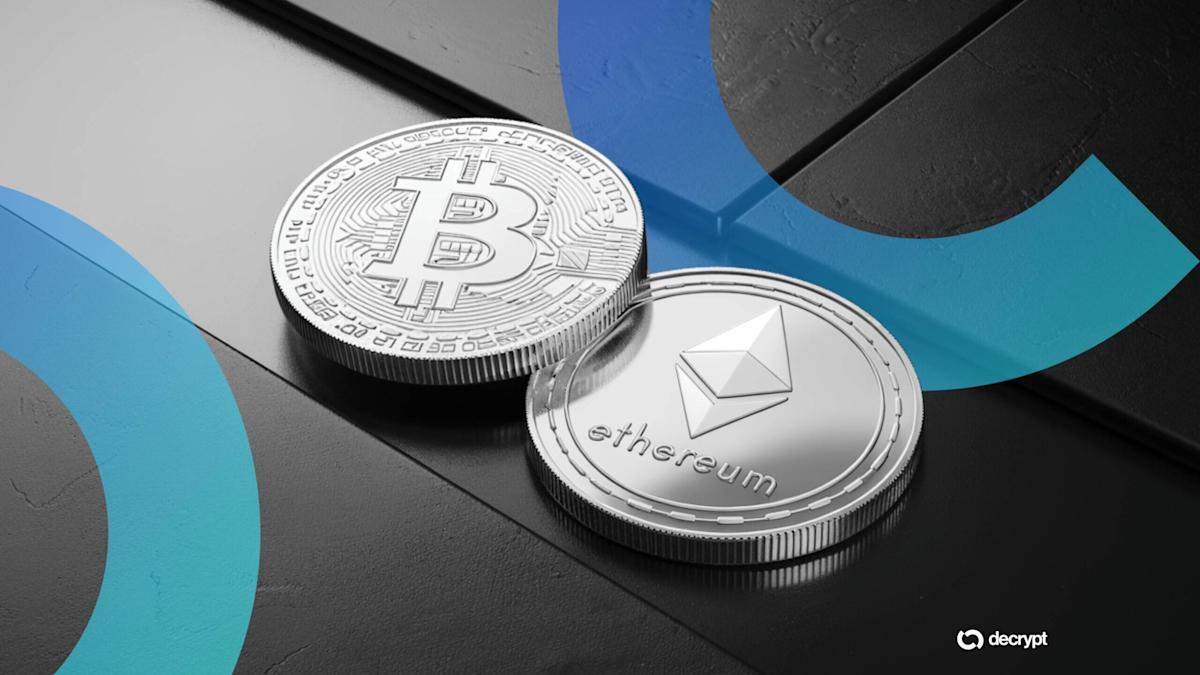What is Mt. Gox’s repayment strategy and timeline?
Following its collapse in 2014, Mt. Gox’s redemption strategy is a meticulously planned initiative led by Nobuaki Kobayashi, the administrator of the closed cryptocurrency exchange. The creditors aspire to have their assets, approximately 34,689 BTC, returned. The redemption deadline has been extended to October 31, 2025, with staggered distributions to reduce market disruption. This step-by-step strategy aims to avoid a sudden flood of the Bitcoin market that could trigger sharp price swings.
Is there a significant impact on market stability?
This repayment strategy carries significant weight not only for creditors, but for the entire cryptocurrency market. By managing the release of assets over several years, the trustee aspires to maintain market stability and protect all parties involved. The strategy illustrates lessons learned from previous market shocks, while also highlighting the need for transparency and communication with creditors along the way.
How do installment repayments affect the stability of the Bitcoin market?
Installment repayments will potentially have a substantial influence on the stability of the Bitcoin market. The controlled release of Bitcoin could help reduce the risk of sharp price declines resulting from sell-offs. Historical evidence indicates that previous Mt. Gox asset releases have caused temporary volatility, but the current approach is designed to smooth out these fluctuations.
Are there any selling pressure implications?
The redemption process could impose selling pressure of around $2.4 billion, which could put downward pressure on the price of Bitcoin. Experts are nevertheless convinced that the organized nature of these reimbursements will allow the market to absorb the influx without causing devastating disruptions. The additional liquidity resulting from these staggered repayments could also help the market mature, making it better able to handle shocks than in earlier, more fragile periods of confidence.
What should businesses integrating crypto payroll solutions consider?
The installment repayments of Mt. Gox have important implications for businesses considering adopting crypto payroll solutions. As the reimbursement process progresses, businesses may encounter both challenges and opportunities. On the one hand, the integration of cryptocurrencies, primarily stablecoins, can offer businesses inventive financial tools that facilitate faster and more efficient means of payment. This is particularly relevant for global payment platforms and B2B neobanks that aim to streamline their operations while reducing transaction expenses.
However, the continued focus on reimbursement may divert attention and resources away from crypto payroll innovation. Regulatory compliance and widespread market volatility pose significant obstacles for businesses, particularly small and medium-sized enterprises (SMEs) in Europe. The need to navigate convoluted regulatory landscapes can hinder the creation of new payroll solutions, as compliance takes precedence over innovation.
Could there be benefits for businesses to hire crypto payroll staff?
Despite these obstacles, the growing acceptance of stablecoins, coupled with advances in blockchain technology, could provide businesses with opportunities to strengthen their payroll systems. As the crypto sphere evolves, companies that can manage compliance while using cutting-edge solutions are likely to thrive.
How could Mt. Gox refunds influence the liquidity of fintech startups?
What impact could Mt. Gox refunds have on the liquidity of fintech startups?
Mount Gox’s Bitcoin installment repayments are expected to create mixed effects on the liquidity of small fintech startups, particularly those in Asia. Even though the soft launch of Bitcoin aims to minimize market shocks, it may still introduce short-term volatility and tighter liquidity conditions. Startups that rely on liquid Bitcoin markets for trading, payments, or collateral could see their expenses and risks increase as the market adapts to the influx of new supply.
Could there be potential volatility?
However, the controlled nature of refunds may also provide a more stable environment for fintech startups compared to the chaotic conditions that followed the initial collapse of Mt. Gox. Improved market infrastructure and greater institutional adoption of cryptocurrencies can mitigate the impact of these refunds, helping startups navigate a changing landscape more effectively.
Why is liquidity vital for fintech companies?
Additionally, the redemptions highlight the importance of diversified sources of liquidity for fintech companies. As the market matures, startups that can adapt to changing conditions and leverage innovative financial instruments will be better positioned to thrive in a competitive environment.
What lessons can be learned from Mt. Gox’s redemption strategy for future crypto asset management?
Mt. Gox’s redemption strategy provides several crucial lessons for managing large crypto asset recoveries in volatile markets. Above all, a progressive and transparent reimbursement process is essential. By avoiding sudden inflows of assets, market shocks can be mitigated, allowing for smoother transitions and reduced volatility.
How important is effective communication?
Additionally, effective communication with creditors is essential to maintaining trust and managing expectations throughout lengthy repayment processes. Transparency cultivates trust in the market, which is vital for long-term stability.
What is the significance of this incident?
The Mount Gox incident also highlights the risks associated with centralized custody of crypto assets. Regulatory clarity and institutional adoption are key to stabilizing valuations and protecting investors. As the cryptocurrency market evolves rapidly, the lessons learned from this episode will undoubtedly prove invaluable for future asset recovery cases or large-scale liquidations.
In summary, the Mt. Gox redemption strategy serves as a model for managing crypto assets in volatile markets. By balancing paced deliveries, transparency and regulatory safeguards, stakeholders can minimize disruption and support the long-term stability of the cryptocurrency ecosystem.










